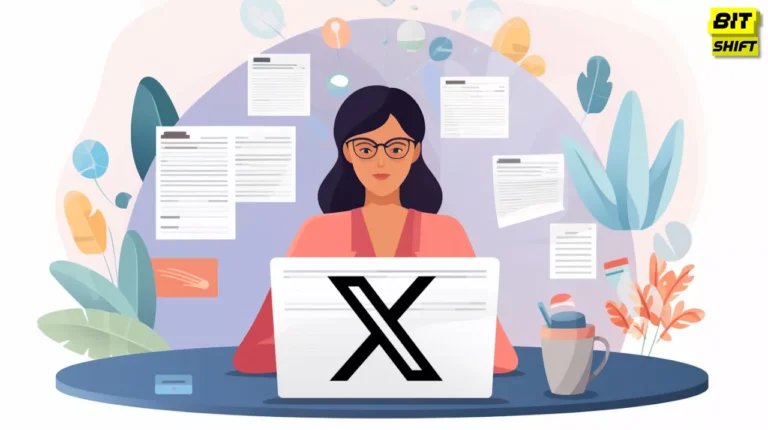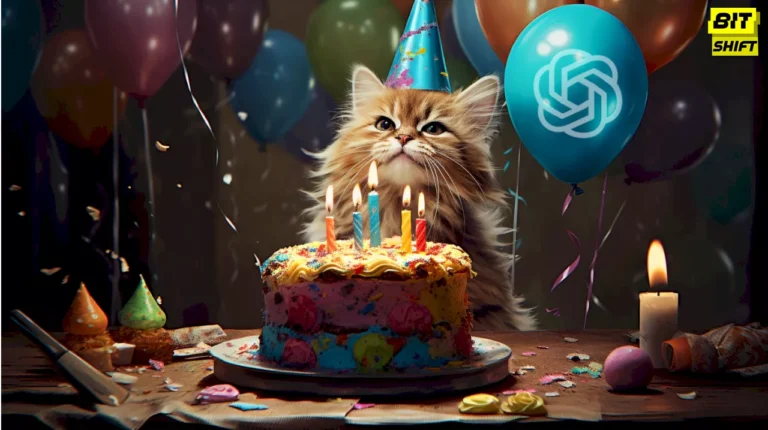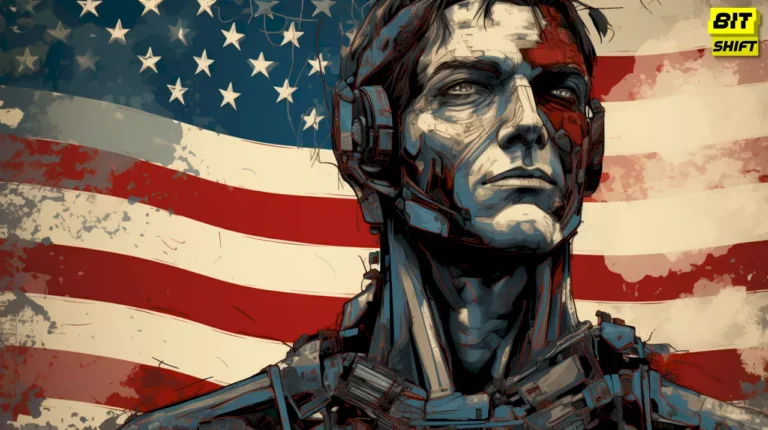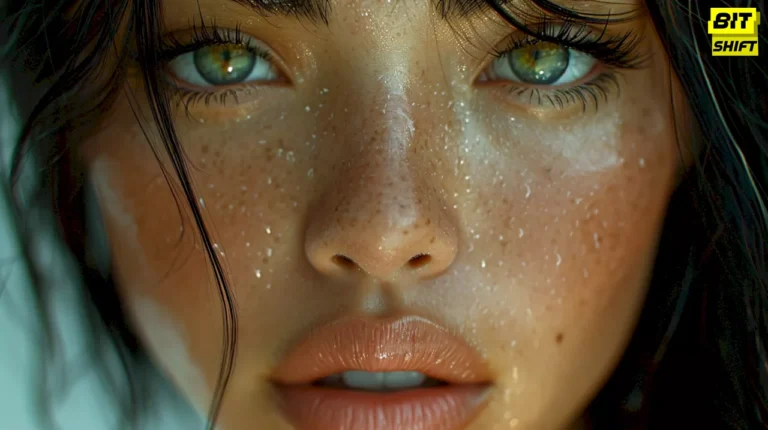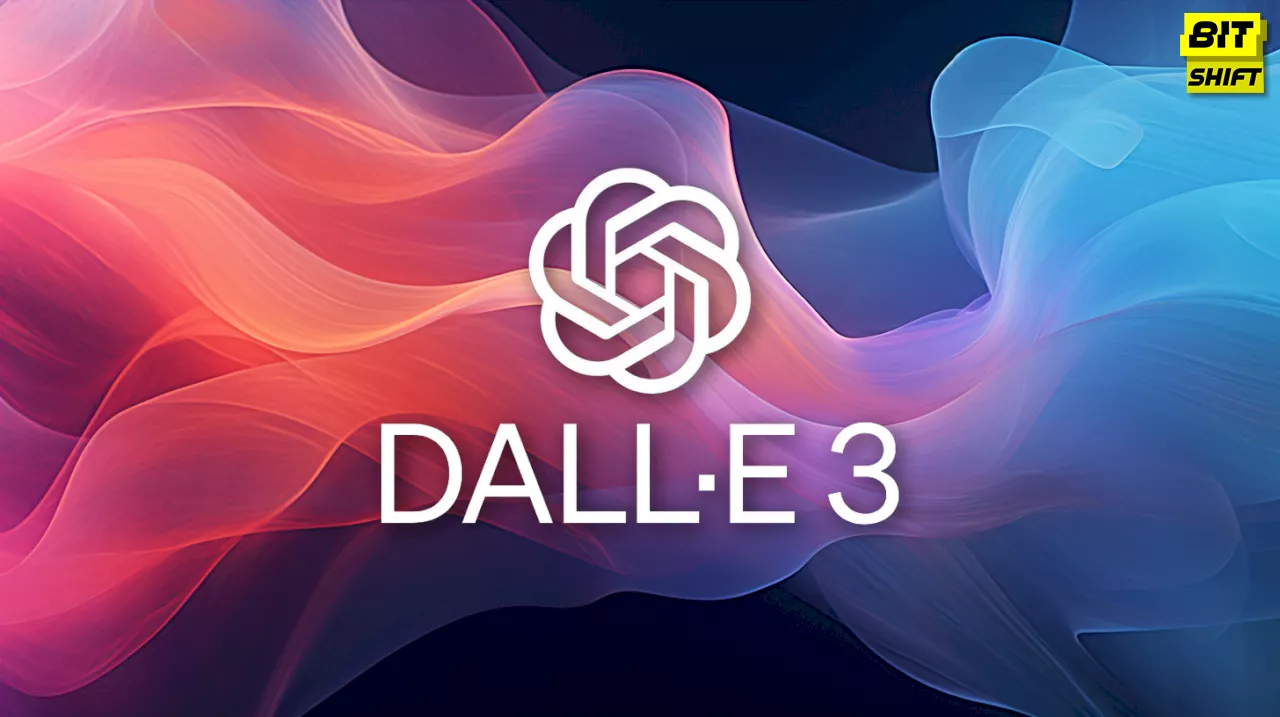
Summary
This article delves into the latest development from OpenAI – integrating its image generator, Dall-E 3, into ChatGPT. We explore how it works, its potential benefits, ethical implications, and the prospects of AI image generation.
OpenAI has recently made a significant leap in artificial intelligence by integrating its latest image generator, Dall-E 3, into its ChatGPT. This innovative tool, currently in beta for ChatGPT Plus subscribers, allows users to generate four distinct images with simple, casual language prompts.
“With great power comes great responsibility. As AI technology advances, so does the need for ethical and legal regulation.” – Michael O Terry.
The New Frontier of AI Image Generation
As AI image generators become more powerful and accessible, they also bring to light significant legal and ethical issues. Multiple artists have attempted to sue OpenAI for potential copyright infringement, and security experts have voiced concerns regarding the use of AI image generators for disseminating disinformation.
Addressing these concerns, Microsoft has added more safety measures around the AI image generator available through its Bing Image Creator. This action was taken in response to users creating extreme and inappropriate imagery during the initial days of Dall-E 3’s integration.
Experiencing Dall-E 3 with ChatGPT
For ChatGPT Plus subscribers, accessing Dall-E 3 features is straightforward. Users must log in to OpenAI’s website or the ChatGPT mobile app and select Dall-E 3 (Beta) from the dropdown menu under the GPT-4 tab. It is worth noting that there is a usage cap due to the significant computational power required to process these prompts.
ChatGPT with Dall-E 3 presents a unique platform for users to experiment with AI image generation. Unlike its predecessors, Dall-E 2 or Midjourney, Dall-E 3 uses ChatGPT as an intermediary to craft multiple prompts, thereby providing different details for the image generator to complete.
AI Ethics and the Artist’s Dilemma
One of the ongoing debates about AI image generators is the protection of artists’ rights. Although ChatGPT refuses to produce images mimicking contemporary artists, numerous workarounds raise questions about copyright and artistic integrity.
Apart from the ethical issues, there are also technical challenges that AI image generators face. While Dall-E 3 has made significant improvements, it has its challenges. Users can expect odd distortions and discrepancies in the images, particularly in the background details and facial features.
Furthermore, AI image generators have often been criticized for perpetuating racist stereotypes. Dall-E 3, unfortunately, is not an exception. Despite ChatGPT’s attempts to request diverse representation in the image prompts, the results often default to white and predominantly male subjects when race or gender is not specified.
The Future of AI Image Generation
Despite the challenges, integrating Dall-E 3 into ChatGPT represents a significant advancement in AI. As technology evolves, the AI community must address the ethical, legal, and technical issues surrounding AI image generators.
Moreover, AI image generation holds immense potential for creative exploration, marketing strategies, and content creation. With the proper regulations and improvements in place, tools like Dall-E 3 could revolutionize how we create and consume visual content.

